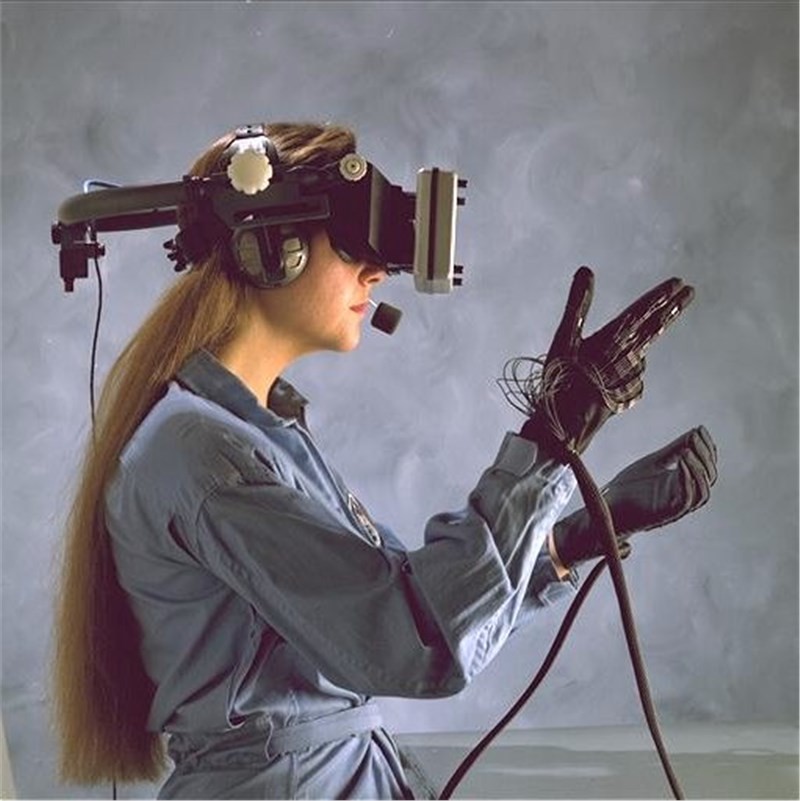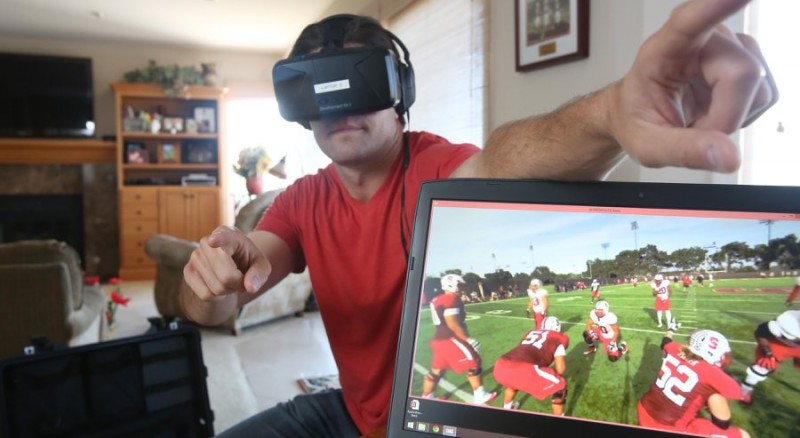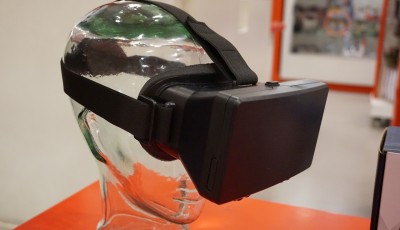A Brave New Virtual World
Since its initial introduction into the gaming world in the 90’s, virtual reality (VR) has made incredible progress with regard to video resolution, motion tracking, and user interactivity. Technological advancements and increased interest have brought consumers new VR headsets and games to choose from, which are becoming increasingly more advanced and entertaining as more people engage in these systems.
There are currently several major competitors in the VR market: Sony’s Project Morpheus, Facebook’s Oculus Rift, Microsoft’s HoloLens, HTC’s Vive, and Starbreeze’s StarVR. Unlike Morpheus and Oculus Rift, HoloLens uses augmented reality technology to superimpose this VR over ordinary reality like a hologram, which is (potentially) less useful for gaming but capable of being utilized for other purposes. On the other hand, the aforementioned technologies offer a more complete field of vision, which could be more useful for gaming. Upcoming games for Project Morpheus include Rigs, London Heist: Getaway, Super Hypercube, Rebellion, Wayward Sky, and Impulse Gear. Games for Oculus Rift include Edge of Nowhere, Honor Code, and Adrift. Starbreeze released StarVR in cooperation with The Walking Dead and is still expected to continue its development.
Although virtual reality will most likely enter mainstream culture via gaming platforms, it has other uses in the entertainment industry. The Kaleidoscope VR Film Festival recently announced a tour of 10 major cities to bring virtual reality to more viewers. Colosse throws patrons into an action-adventure film, while viewers can witness the aftermath of an earthquake in The Nepal Quake Project. On the other hand, Way to Go offers viewers a combination of live action with hand-drawn animation.
VR has also been useful in promoting releases for movies such as How to Train Your Dragon, and Jurassic World. VR can also help promote live events, such as by simulating standing on stage at a concert or climbing up a rope at Cirque du Soleil. From a marketing standpoint it is much more useful to let someone use a VR device while promoting an event than to expect them to go out and purchase their own device, at least until it becomes cheaper and more easily accessible.
For sports, programmers have developed a VR technology that simulates playing football, which would allow participants to run plays multiple times with no risk of injury or fatigue. Although users would not run or actually throw a ball, this simulation would serve as more of an educational tool for learning plays and other football basics.
Virtual Reality has many uses in other educational fields as well. In addition for training in high-anxiety situations for police officers and military agents, it can also be used by teachers in classrooms to take students on virtual field trips to foreign countries, or students could even sit in on classes when they are too sick to physically attend. This VR approach could make children more motivated to learn and be able to do so in more “hands-on” ways, even if that is simply virtual, and it could also help to spark creativity in children.
In the healthcare field, VR would allow doctors to review patient information and X-rays without the patient needing to be present, as well as PTSD treatment in a controlled environment and surgical training without any risk could take place. VR is also making strides in home security with virtual reality video surveillance as part of home security systems, and expanding the real estate sector with virtual home tours.
The possibilities of virtual reality are limitless and will only continue to expand as more developers experiment with the technology. Even with its wide range of uses, VR will first see the most rapid advancements in the field of gaming. However, VR could slowly see its way into virtually every facet of daily life, from transportation and entertainment to healthcare and real estate, and we can only expect the technology to advance and become more interactive with time.










